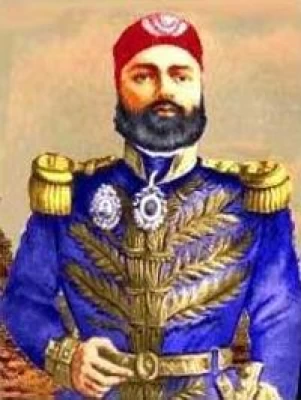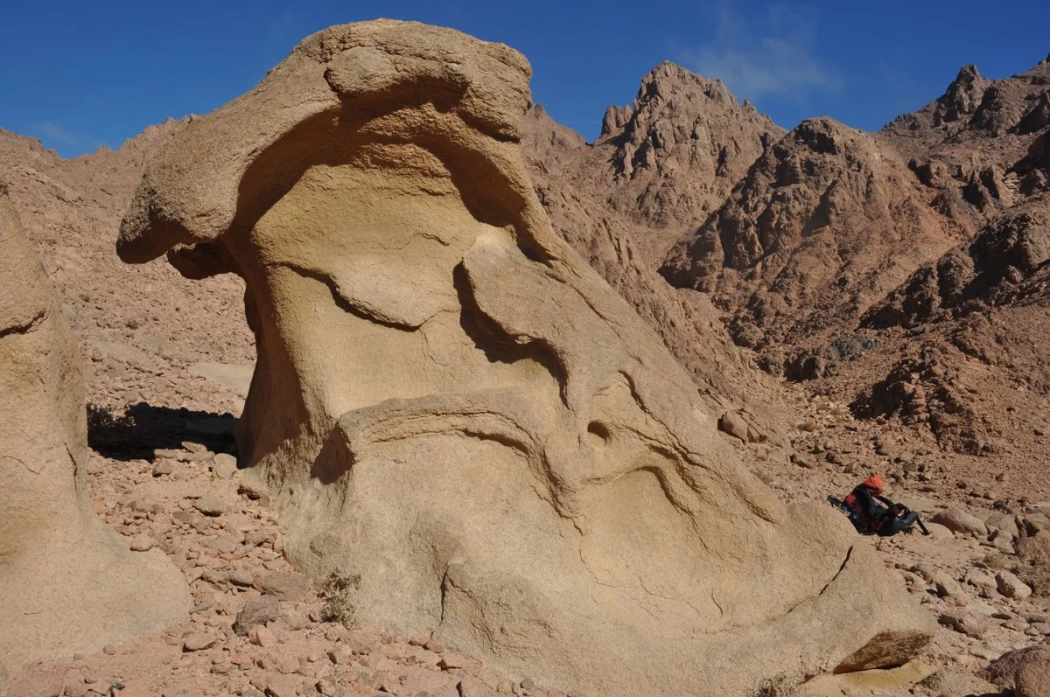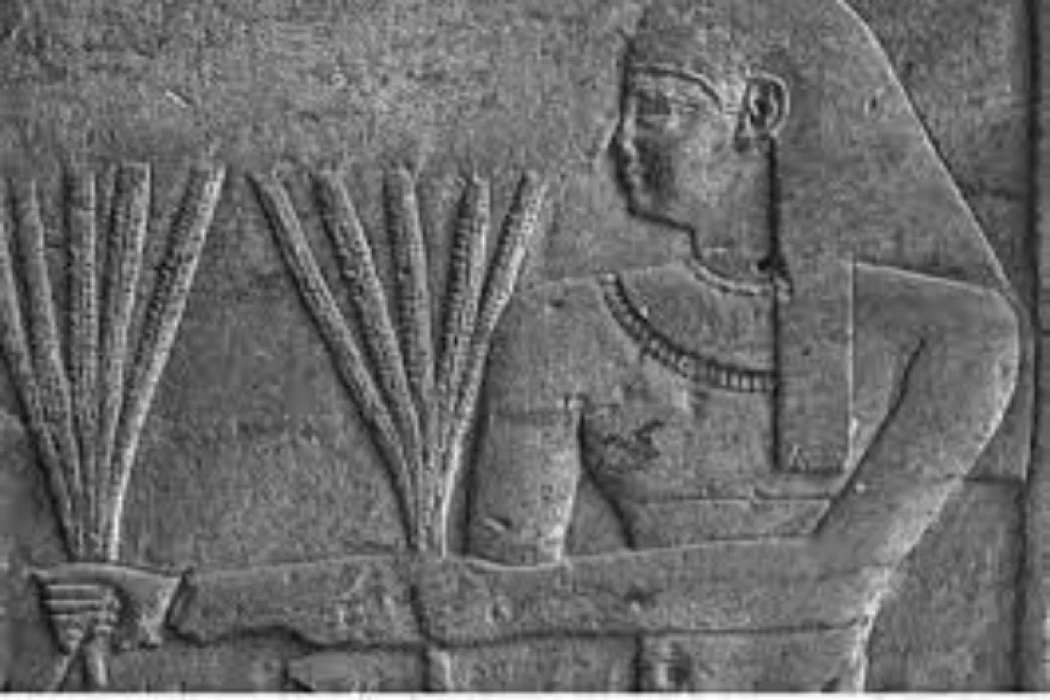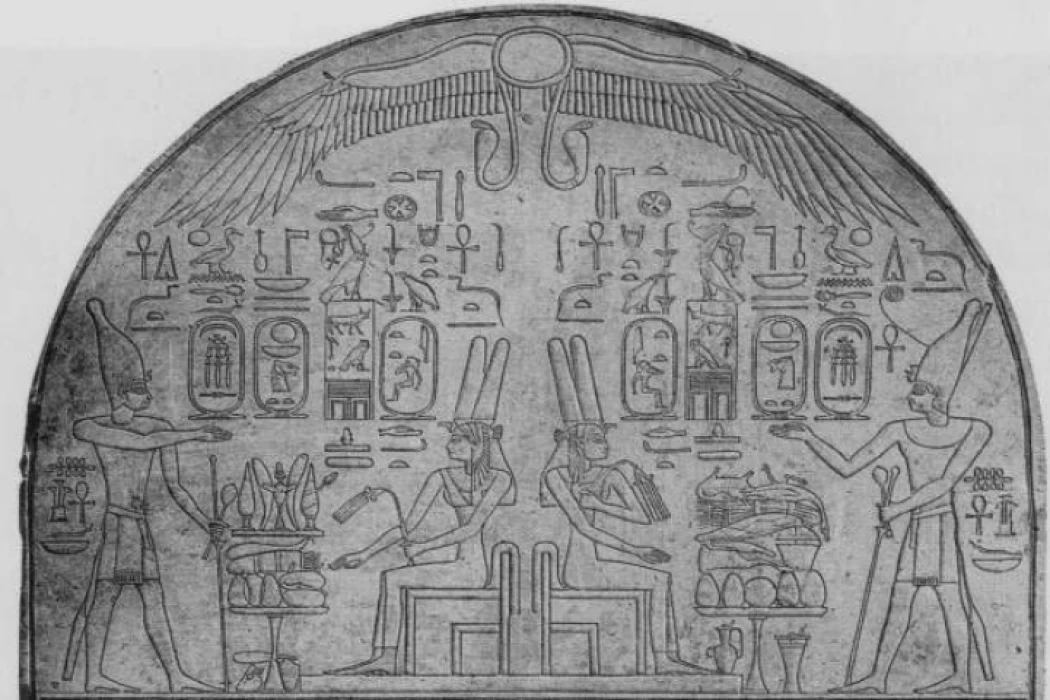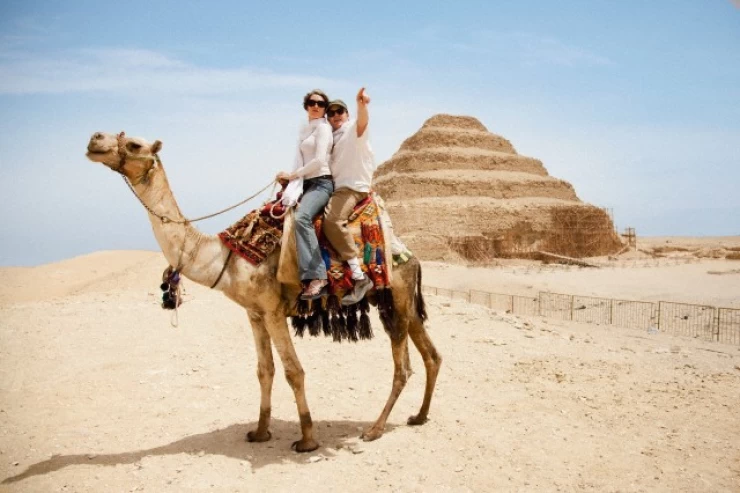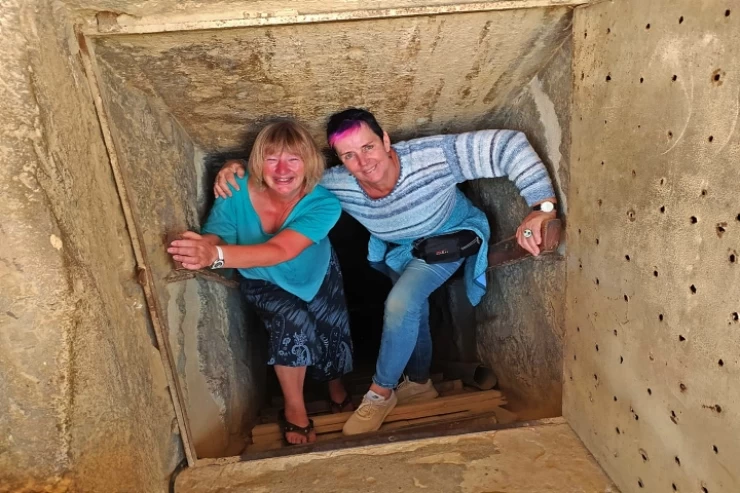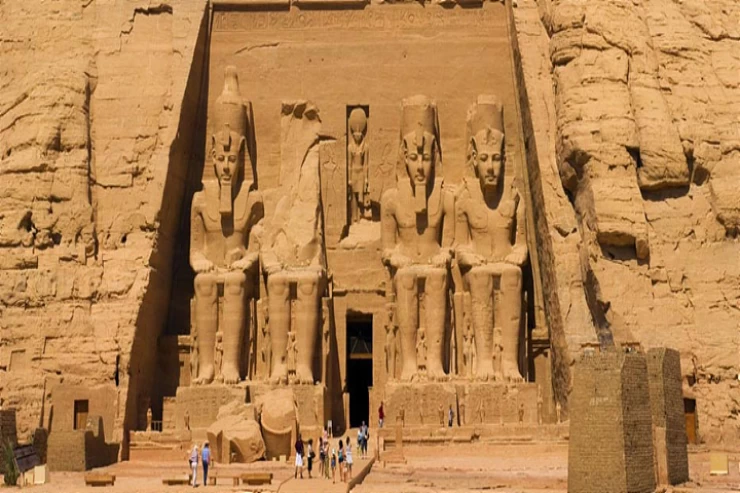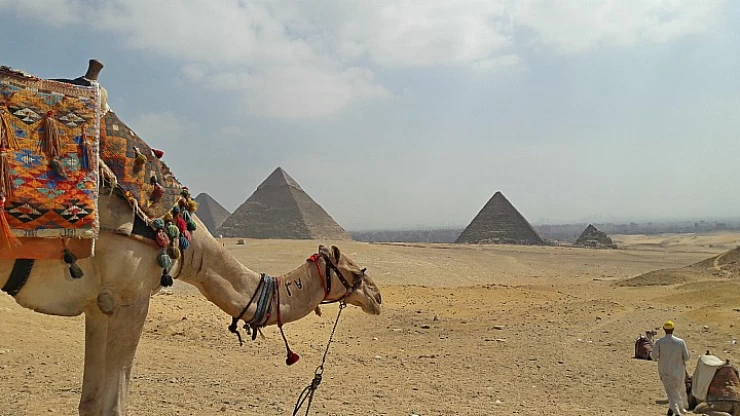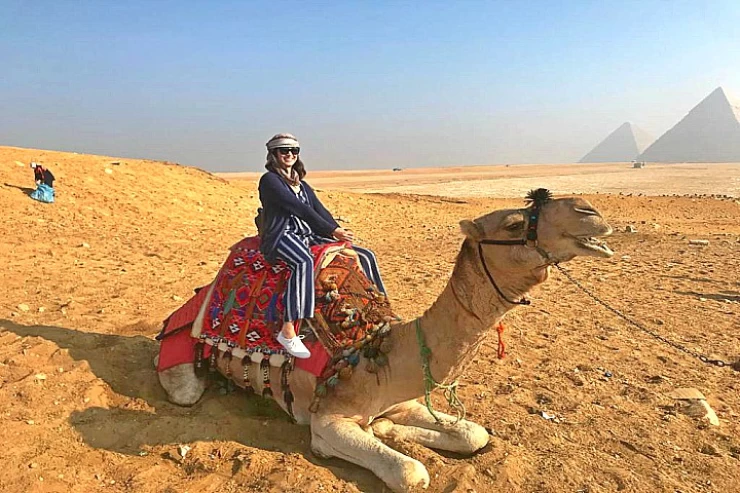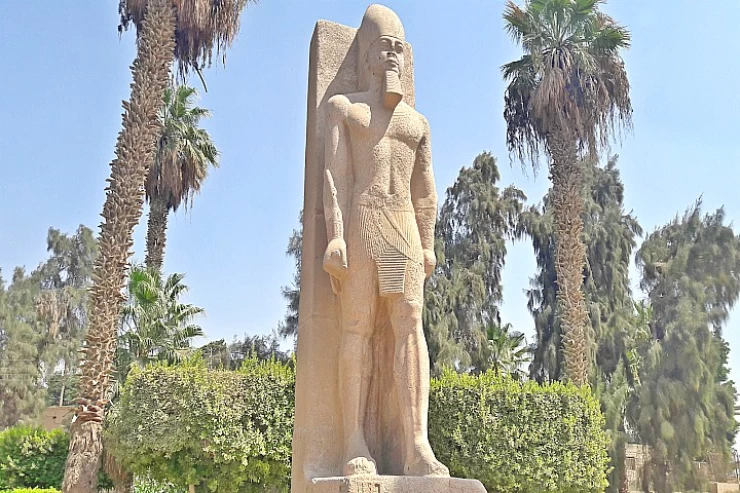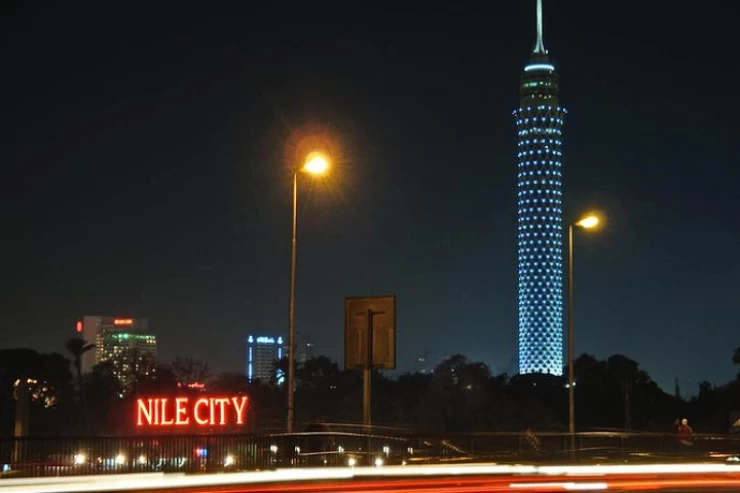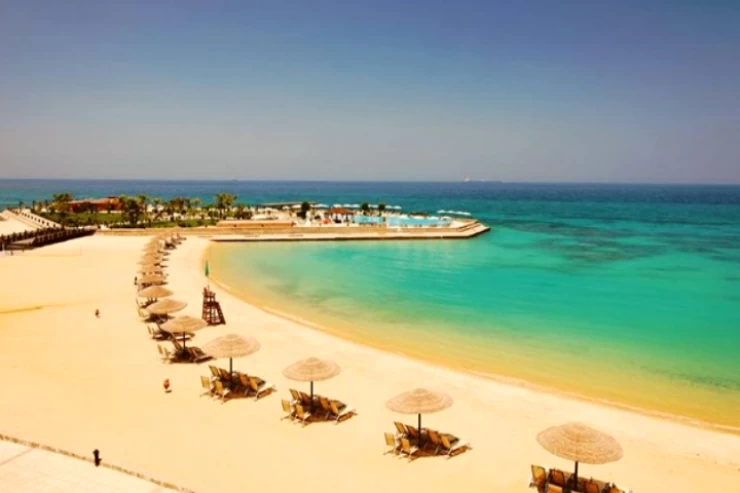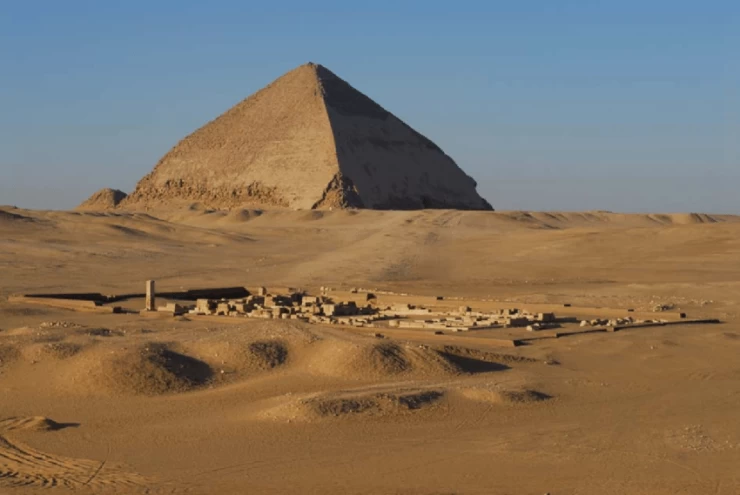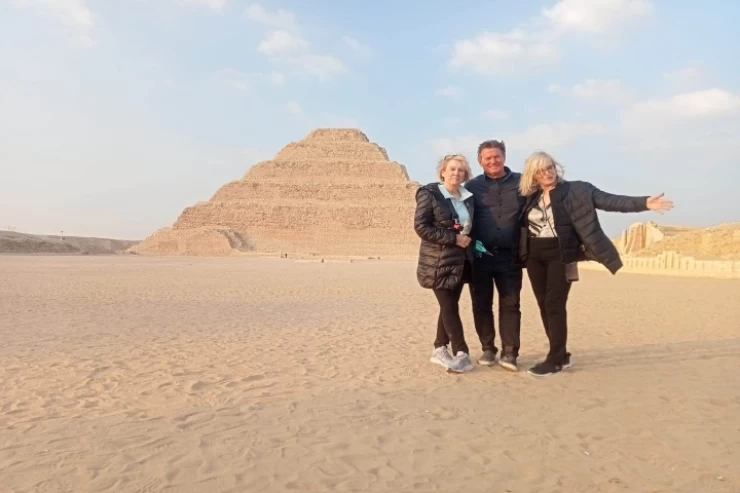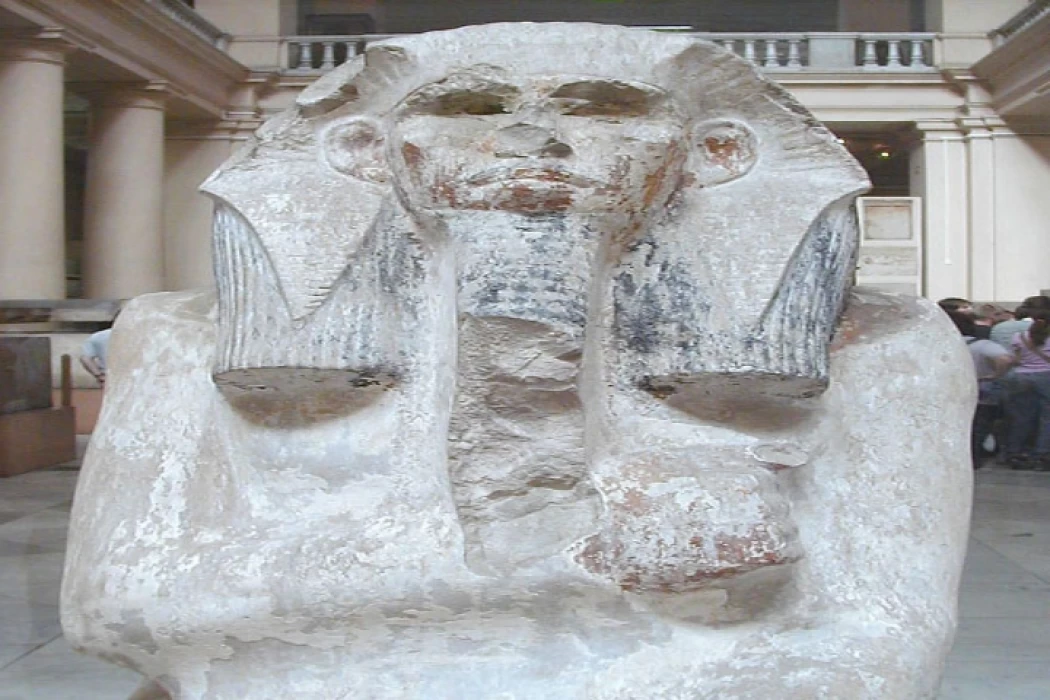
Djoser
Djoser (a.k. a. Net Gerecht, tosworthros, sisworthos) was an ancient Egyptian pharaoh of the Third Dynasty during the Old Kingdom and the founder of this dynasty. He was the son of King Kha Sekhmoy and Queen Nemaat-Hap, but it is still unclear whether he was the direct heir to the throne. Most of the lists of King Ramses II place the name of King Nebka before him in chronological order, but since there are still difficulties in connecting the name of Nebka with the names of contemporary Horus, some Egyptologists still doubt the chronology of the Kings of the Third Dynasty.
His name is mentioned in the Turin papyrus in red to distinguish him from the rest of the Kings of the ancient state. The step pyramid, which Djoser ordered the engineer Imhotep to build, is the first huge stone structure known to history.
His reign
The Pharaonic historian maniton stated that Djoser ruled for 29 years (2640 BC.M-2611 BC.Ad), while the Turin papyrus states that his reign lasted only 19 years (2630 BC.Ad-2611 BC.M). However, many current historians believe that his reign lasted for 29 years due to the enormity of his construction work. Therefore, the difference in years between the two numbers may mean that Djoser himself is the first pharaoh of the
Third Dynasty.
He has an inscription on one of the Aswan Islands, listing the events of the famine that occurred during his reign due to the lack of the Nile flood, where Djoser made offerings to the waterfall idol Khnum. In it, he stated the following:
Djoser my heart was in painful distress because the Nile had not been opened for seven years. Grain was not abundant, the seeds dried up, everything that an individual had to eat was in pathetic quantities, and everyone was deprived of his harvest. Not everyone could walk more; the hearts of the elderly were sad their legs bent when they sat on the floor, and their hands hid away. Even the servants of the temples were going, the temples were closed and the shelters were covered with dust. In short, everything in existence Djoser injured
And the response comes from Khnum according to the inscription:
Djoser I'll make the Nile rise for you. There will be no more years when the immersion fails to cover any area of the Earth. Flowers will Leaf, and their trunks bend under the weight of Djoser pollen
King Djoser was one of the most powerful kings who ruled Egypt title of the architect Imhotep, who built the pyramid for him with several titles, including the caretaker of the palace and Titi Khren so, he was the first great doctor known to the Egyptians and considered him the God of Medicine and healing due to the strength of his knowledge in medicine.
Djoser took his capital
he extracted copper and turquoise from Sinai, which secured him a huge fortune that enabled him to carry out huge construction work.
He expanded his state southward, having extended his influence over the Nubians and extended the borders of the country beyond the first waterfall.
Djoser was the first Pharaoh to send expeditions to the Grotto Valley in Sinai to extract copper and turquoise. There is an engraved painting of Djoser in this valley showing him beating one of the enemies in the well-known image of King Mina, which the ancient Egyptians perpetuated and painted for each King on the temples throughout the ages. In Djoser's painting a goddess appears and behind her appears a person marked by a hieroglyphic inscription as "Ankh - en-ITI", that is, the "director of the desert" and the head of the expedition.
Although history mentions ancient Egyptian expeditions and activities to Sinai from the pre-dynastic era, it seems that in the era of the second and third dynasties, there was a special administration of these areas at the Royal Court.
Start of the Golden title
During the reign of Pharaoh Djoser, the worship of the sun received great attention, which corresponded to the high status associated with the Pharaoh. Since at least the first dynasty, the description of Pharaoh as the living Horus "under the sun" appeared, combined with the expression "Prophet", i.e. gold. But it was during the reign of Pharaoh Djoser that the royal title became "Horus the living on earth", that is, making the king in the rank of the sun.
That comparison also appears in the construction of the pyramids, which grew in size during the reign of Djoser. The construction of Djoser's step pyramid demonstrates the new philosophy, a brand new design that remains eternal and elevates the king to an eternal status like The Sun. Djoser built his tomb inside the pyramid, taking advantage of his tomb, which was supposed to be built in Abydos (in southern Egypt) like his ancestors, and his tomb became in Saqqara.
This is also supported by the spread of the cult of the sun and the beginning of the construction of the cemetery lobby with columns of stone instead of being built of wood and metal. The Tomb of the King took a huge area, which included the pyramid, many colonnades, and crypts, and was surrounded by a stone wall. Many archaeologists, such as "Joachim Kahl"," Steven Kirk" and "Wolf Gang Helck", associate this with the introduction of the Golden title of Djoser, which elevates him to a divine status equating him with the sun god.
Both "Kal" and "Kirk" believe that taking the title of Golden Horus changed the religious thought of Djoser's days and developed it through the following eras, which made all the Pharaohs who came after Djoser take the title of Golden Horus after him.
His tomb
Djoser's pyramid
Djoser built the Step Pyramid of Saqqara at a distance of a mile from the cliff of Saqqara to get away from the rest of the tombs, and the construction was supervised by his minister Amhotep, the pyramid consists of six uneven terraces with a height of 63 meters and covered with white limestone. The interior consists of a network of corridors and vestibules. The King's burial chamber was built of granite and marble.
The statue of Djoser in the Egyptian Museum
This complete statue of Djoser was found in a narrow chamber known as the crypt, located north of the Step Pyramid of King Djoser in Saqqara. This statue is the oldest known life-size statue in Egypt, representing King Djoser sitting on the throne, his body was covered with a ceremonial robe and the entire statue was covered with a layer of white mortar and then color. As for the sunken eyes, they were once inlaid. The king wears a black wig topped with a royal headdress known as a "mongoose", as well as a ceremonial false beard. The front surface of the pedestal is inscribed with an accurate hieroglyphic text pronouncing the names and titles of the king of Upper and Lower Egypt nether Khet.
Djoser and Imhotep
One of the most important figures who lived during the reign of Pharaoh Djoser was the doctor engineer Imhotep. Imhotep served as a minister and adviser to King Djoser, he was the "head of the Royal Court" and the"director of the King's facilities". Imhotep was an overseer of the works of Djoser's installations as well as the installations of King Sukhum-khat. Perhaps he was meant in the "Westkar papyrus" under the novel "Cheops" and the magician. But the front of the papyrus was found in a bad condition and he could not find the name of Imhotep.
A mention found in a papyrus in the temple of Tiptunis dating back to the II century BC, tells a story written in Demotic script about Djoser and Imhotep. Imhotep was such an important figure in Djoser's time that he was even mentioned on the statues of Pharaoh Djoser that were erected in Saqqara.
The ancient Egyptians appreciated the person of engineer "Imhotep" he was revered in later eras until he reached the rank of Gods, which is evident in the inscriptions of the temple of the god Sobek in the city of Kom Embu near Aswan, where he was worshiped as a god of medicine as recorded behind the Holy of Holies of the temple of Kom Ombu.
Latest Articles
Admin
Regin of Abbas I of Egypt | Abbas Pasha I
Abbas has been often described as a mere voluptuary, but Nubar Pasha spoke of him as a true gentleman of the "old school". He was seen as reactionary, morose and taciturn, and spent nearly all his time in his palace. He undid, as far as lay in his power, the works of his grandfather, both good and bad.
Admin
Story of Gabal Shayeb Al Banat - Red Sea Mountain
Jabal shayb al-banat is one of the Red Sea Mountains in the eastern desert in Egypt, located to the west of the city of Hurghada at a latitude of 27 degrees north and a longitude of 33.5 degrees east of the Greenwich line approximately, this mountain is the highest mountain peak in the eastern desert with a height of up to 2185 meters, it is a prominent mass of igneous rocks
Admin
Neper God Of Grain
Neper was the deity of grains, particularly cereals that were important in Ancient Egypt, such as wheat and barley. It was stated that he foretold when the crops would grow, be harvested, and disappear.
Admin
Badr Museum in Farafra
The Badr Museum is located in a mud building, which is the common home found in this medieval part of Egypt. All of the artwork that was created by the artist is quite unique. His work almost always depicts life in the Farafra Oasis and he provides the work through both painting and sculpting.
Admin
The Black Head Temple
The Black Head Temple is a small temple dedicated to the worship of the goddess Isis and was discovered in 1936, by chance, in the Black Head area, which is now located within the Mandara area of the Montazah district in Alexandria. This temple was moved from its original place to the Latin Necropolis in 1994.
Admin
The Queen Tetisheri
Tetisheri was the mother of Seqenenre Tao, Queen Ahhotep I, and possibly Kamose. For sure, she was the mother of Satdjehuty/Satibu, as attested on the rishi coffin of the latter. At Abydos, her grandson King Ahmose I erected a Stela of Queen Tetisheri to announce the construction of a pyramid and a "house" for Tetisheri.
